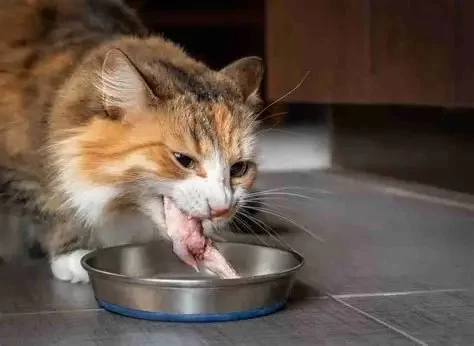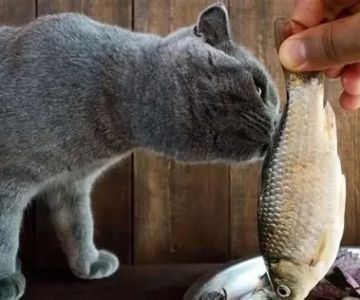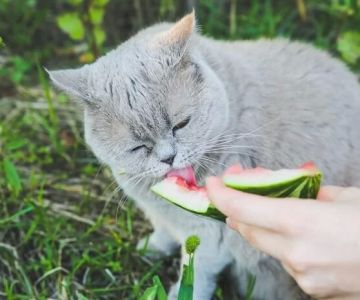- 1-Understanding-Whether-Cats-Can-Eat-Chicken-Wings
- 2-The-Risks-of-Feeding-Chicken-Wings-to-Cats
- 3-Raw-vs-Cooked-Chicken-Wings-for-Cats
- 4-Safe-Alternatives-and-Healthy-Treats
- 5-Real-Stories-from-Cat-Owners-and-Veterinarians
- 6-Expert-Advice-from-Hidden-Brook-Veterinary
1. Understanding Whether Cats Can Eat Chicken Wings
Many cat owners have asked the question: Can cats eat chicken wings? It’s understandable — chicken wings smell delicious, and our feline friends often seem eager to get a bite. However, while cats are obligate carnivores and thrive on meat, not all parts of chicken are safe for them. Chicken wings, in particular, pose both nutritional benefits and serious risks depending on how they are prepared and served.
Raw chicken wings may provide a natural source of protein and amino acids that cats need, but cooked wings can become dangerous because the bones turn brittle when heated. These fragile bones can splinter easily and cause internal injuries or choking hazards. To make the right decision, it’s important to understand both the benefits and the risks associated with feeding chicken wings to cats.
2. The Risks of Feeding Chicken Wings to Cats
2.1 Bone Splintering and Internal Injury
Cooked chicken bones are notorious for splintering. When chewed, these sharp fragments can puncture a cat’s mouth, throat, or digestive tract. Even small bone shards can lead to severe complications, such as internal bleeding or blockages that require emergency surgery. This is one of the main reasons veterinarians advise against feeding cooked wings to cats.
2.2 Bacterial Contamination in Raw Chicken
Raw chicken wings carry another set of risks — bacteria such as Salmonella and Campylobacter. While cats have more acidic stomachs than humans and can handle small amounts of bacteria, constant exposure increases the risk of infection. Cats can also pass bacteria to humans, especially through grooming or contact with litter boxes, making raw feeding a potential household health issue.
2.3 Nutritional Imbalance
Even if bones are raw and safe from splintering, chicken wings alone don’t provide the balanced nutrition cats require. They lack essential nutrients like taurine, which is crucial for heart and eye health. Feeding wings as an occasional treat is fine, but they should never replace a complete, formulated diet.
3. Raw vs. Cooked Chicken Wings for Cats
3.1 Raw Chicken Wings: The Natural Argument
Some cat owners, particularly those who follow a BARF (Biologically Appropriate Raw Food) diet, argue that cats can eat raw chicken wings safely. When prepared correctly and sourced from clean, high-quality poultry, raw wings can strengthen jaw muscles and help clean teeth through natural chewing. However, hygiene and portion control are critical — improper handling or storage can introduce harmful bacteria.
3.2 Cooked Chicken Wings: A Clear No
Cooked wings are far more dangerous due to bone fragility. Even removing the bones may not make them safe, as cooked meat can also contain added oils, spices, or marinades that are toxic to cats. Ingredients like garlic, onion, and excess sodium can cause digestive upset, anemia, or long-term organ damage.
3.3 The Middle Ground: Supervised Feeding
If you’re determined to let your cat try raw wings, always supervise the process. Offer only small portions, preferably from the drumette section, and observe how your cat chews. Any sign of gagging or discomfort means you should stop immediately. And remember: always consult a veterinarian before introducing raw bones into your cat’s diet.
4. Safe Alternatives and Healthy Treats
Instead of taking risks with chicken wings, consider safer options that satisfy your cat’s natural craving for meat and chewing. Boiled, boneless chicken breast is a great alternative — it’s high in protein, low in fat, and easy to digest. You can also find freeze-dried chicken treats or formulated dental chews that mimic the texture of raw meat without the bacterial danger.
At Hidden Brook Veterinary, we often recommend vet-approved treats that promote oral health while providing balanced nutrition. These options let your cat enjoy the flavor of chicken without the hazards associated with bones or raw feeding.
5. Real Stories from Cat Owners and Veterinarians
One memorable case involved a family in Ohio who let their cat, Luna, lick leftover chicken wing bones after dinner. Within hours, Luna began vomiting and showed signs of distress. At the vet, X-rays revealed small bone fragments lodged in her stomach. Fortunately, she recovered after an emergency procedure — but it was a scary reminder that even a small taste can lead to big problems.
On the other hand, another cat owner who practiced raw feeding under veterinary supervision reported that her Maine Coon thrived on occasional raw wings, showing improved dental health. The key difference? Careful sourcing, hygiene, and professional guidance. These contrasting experiences show why expert advice is crucial before feeding unconventional foods to pets.
6. Expert Advice from Hidden Brook Veterinary
Hidden Brook Veterinary emphasizes that every cat is different. While some may handle raw bones without issues, others could face serious complications. Our experts recommend sticking to a balanced diet specifically designed for feline health, supplemented with safe, protein-rich treats. If you’re curious about exploring raw feeding or natural alternatives, our team can guide you in creating a diet plan that supports long-term well-being without unnecessary risk.
So, can cats eat chicken wings? Technically, yes — but should they? Not without professional advice. By understanding the risks and choosing safer alternatives, you can give your cat the nutrition and satisfaction they crave, without compromising their health or safety.












